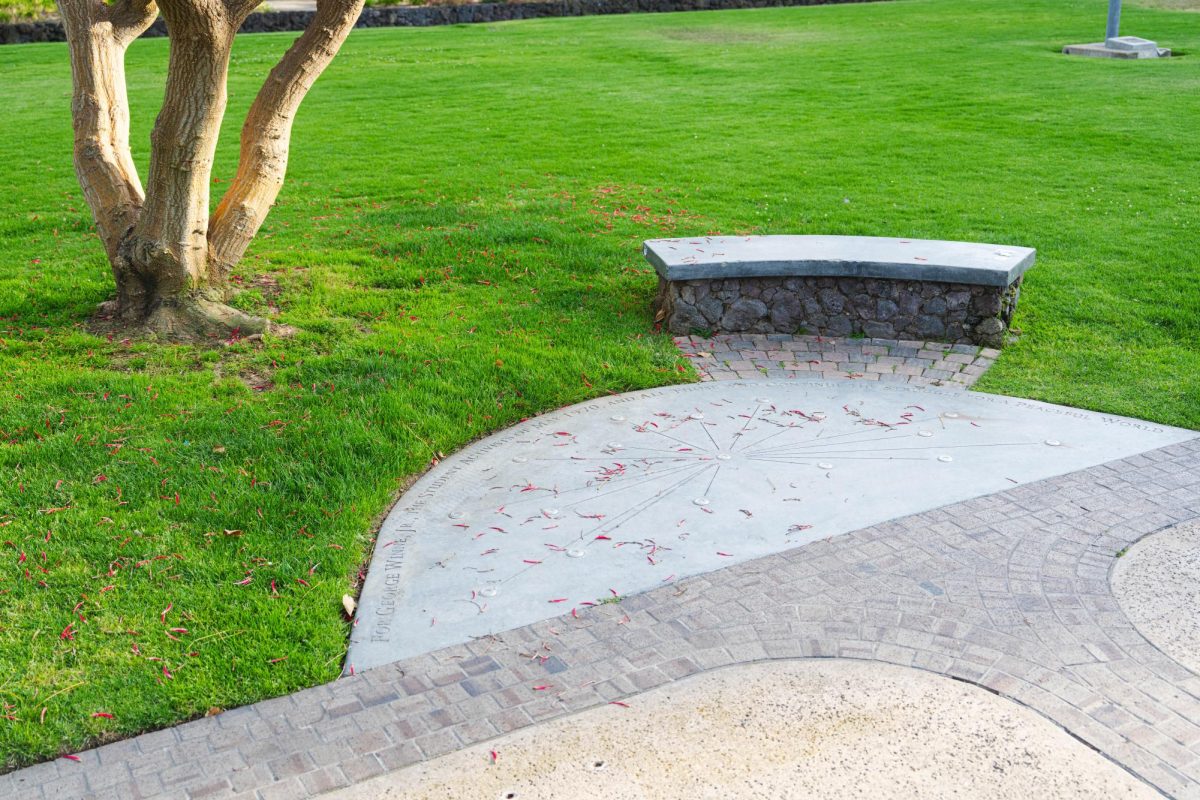It is once again that time of the quarter when stress runs high and sleep is at a minimum. It is finals time and it is approaching at full speed.
Many students rely on their finals as a means of digging their grades out of the gutter. The 10 weeks prior to finals are spent slacking off, partying, sleeping or finding any other form of procrastination that would prevent studying. And now the activities of the past have caught up. The only solution left is to actually crack open the books and study hard, study long and study productively.
There are a wide variety of techniques used in studying to successfully get an A.
First and foremost, the environment where a person chooses to work should be one that is suited to his individual needs. If the student cannot concentrate in complete silence, then studying on the eighth floor of Geisel Library is probably not the place for such a person, just as studying in a noisy coffee shop would not be the place of choice for someone who needs complete silence.
Said Marshall senior Tien Dang, “”I like to go to CLICS because they have good lighting and the computers work really well there. It is not too quiet; neither is it too noisy.””
Second, it is not recommended to wait until the last possible moment to learn a quarter’s worth of work.
Ronald T.C. Boyd wrote in his article, “”Improving Your Test-Taking Skills,”” that it is best to study from the beginning of the course.
“”It is smart to prepare a little bit each day,”” Boyd’s article reads. “”Preparing for a test gradually lets you absorb the material, make connections between concepts and draw conclusions. Studying each subject every night will save you the agony of having to cram on the night before a test.””
Such preparation can help eliminate the stress resulting from the feeling of being unprepared.
Ben Mlynash, a Muir junior, can attest to the aftereffects of waiting until the last minute to study.
“”Procrastination is an addiction,”” he says. “”Once you start, you do not go back, and when you realize it, you are screwed.””
Third, study groups can be useful when used as more than a means to socialize and procrastinate.
Diane Loulou’s article, “”Making the A: How To Study for Tests,”” states that “”study groups allow students to combine resources; members share an academic goal and provide support and encouragement.””
Loulou also suggests “”an agenda for each meeting to avoid wasting time.””
Revelle junior Eric Gorinstein has a similar belief toward study groups.
“”They’re great as long as you’ve studied before getting there,”” Gorinstein says. “”I feel that they are better for review or just approaching the material from a new perspective but not for learning.””
Fourth, it is crucial to be organized. Having legible and detailed notes can provide an added source of material to learn from. Books sometimes assume the reader knows some previous information. Often in lecture, teachers go over the material in the reading, but in more detail and with better explanations.
Said Marshall senior Elana Segal, “”I outline lecture notes and compare them with the texts in order to understand a professor’s teaching style.””
Fifth, it is pertinent to understand what type of test the final is going to be. There are many types of tests. Each type of test requires different tactics for test preparation and performance. Loulou’s article suggests the following tips to effectively master the different types of tests professors throw at students.
Multiple choice: When faced with a multiple choice test and two answers seem alike, choose one of the two similar answers.
True/false: If a question has the word “”never,”” “”rarely”” or “”always”” in it, usually the question is false.
Open-book: Bookmark important pages and write down formulas that are necessary on a separate sheet of paper to save time.
Short answer: Use flashcards to study. This will help the student identify key words that might need to be defined on a test.
Essay: Make an outline before writing the actual paper. When forming the paper, it is important to get to the point and restate the question at the beginning.
When asked what her favorite type of test is, Muir junior Korin Lee responded, “”I think multiple-choice questions have their benefits because you have a 25 percent chance of guessing the correct answer. However, short answer questions allow much room for bluffing, so both have their benefits.””
Many UCSD students find that different testing situations suggest different studying approaches. As for which strategy will prove most useful — only time will tell.






